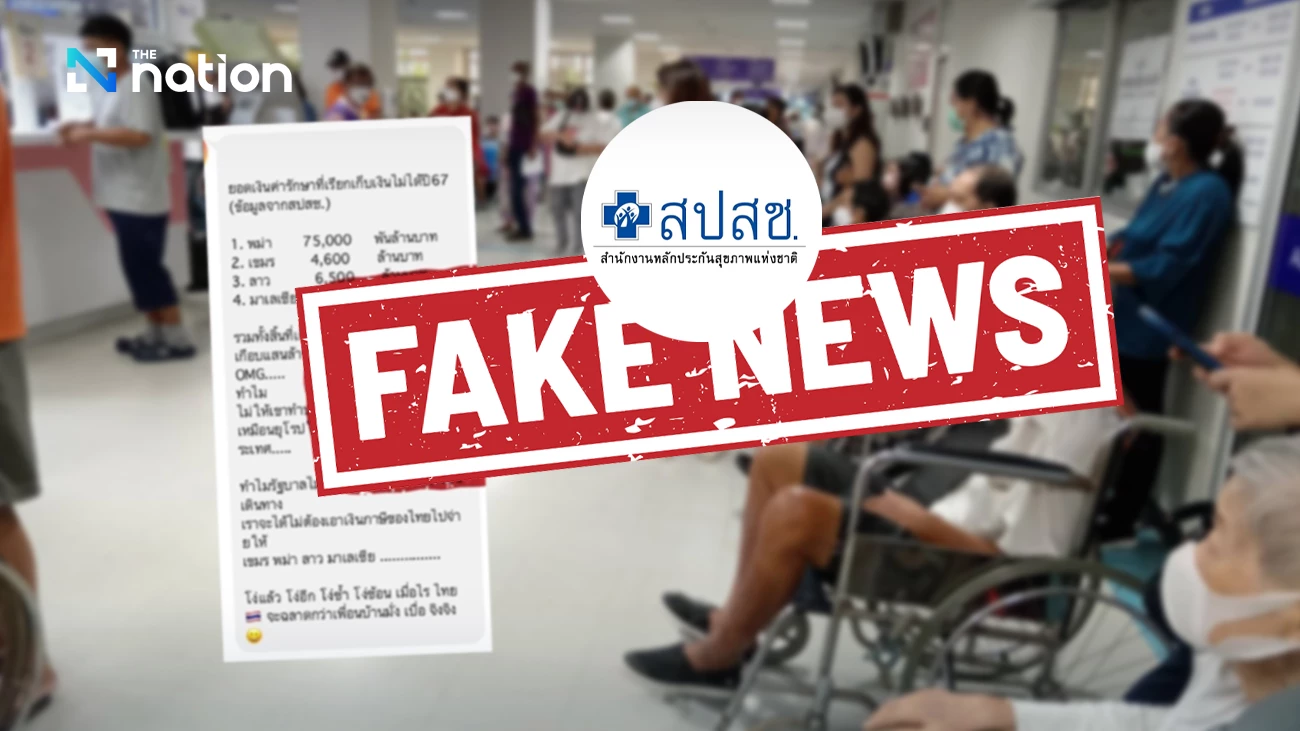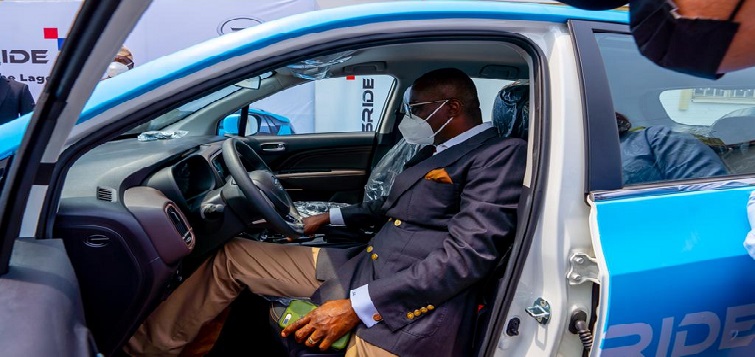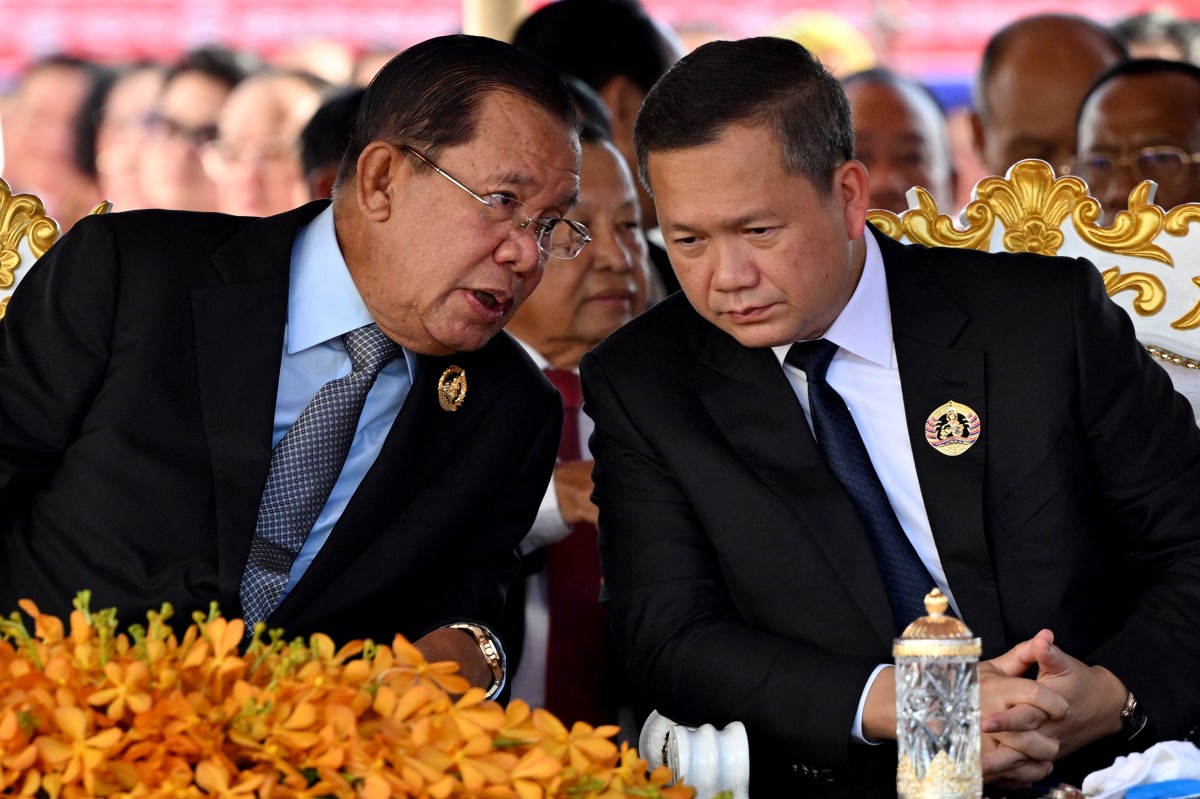Border Fury Erupts: Thailand and Cambodia Locked in Escalating Territorial Standoff

Thailand has recently navigated a complex landscape of international relations, particularly concerning its border with Cambodia, alongside addressing various claims and domestic issues. A significant portion of these challenges revolves around alleged disinformation campaigns and the humanitarian impact of long-standing disputes.
Central to the ongoing tensions are the Thai-Cambodian border conflicts. Thailand’s Ministry of Foreign Affairs has firmly rejected allegations circulating on social media that Thailand planned to assassinate Cambodian leaders Hun Sen and Hun Manet, calling them “entirely unfounded” and an attempt to defame Thailand. This disinformation was condemned as a harmful effort to derail diplomatic efforts, especially during General Border Committee (GBC) discussions.
Further escalating border tensions, the Ministry of Foreign Affairs accused Phnom Penh of a “sustained disinformation campaign” and “public relations” commitment to a ceasefire, alleging actions contrary to their claims. Thailand cited four specific ceasefire violations by Cambodia: laying new landmines, using drones for harassment, inciting citizens to protest at the border, and deploying powerful improvised explosive devices (IEDs) on the Thai side. The Ministry of Digital Economy and Society (DES) also reported that eight out of the top ten fake news items last week were related to the Thai-Cambodian border conflict, highlighting the prevalence of false reports.
In response to these issues, Thailand has facilitated international observation. The Royal Thai Army (RTA) led the ASEAN Interim Observation Team (IOT) to the Thai-Cambodian border to monitor alleged breaches of international law and ceasefire conditions by Cambodian troops. Additionally, ASEAN envoys and representatives from countries that ratified the Ottawa Convention, which bans landmines, visited Si Sa Ket province. During their visit, envoys witnessed evidence of anti-personnel mines allegedly laid by Cambodian troops and spoke with affected residents. The International Committee of the Red Cross (ICRC) also assessed the humanitarian impact of cross-border attacks on civilians in Surin, Si Sa Ket, and Ubon Ratchathani provinces, with the ICRC compiling a confidential report for both nations.
A specific point of contention is the Ban Nong Chan village in Sa Kaeo province. Thailand insists that Cambodians have betrayed Thai hospitality by establishing a community on Thai soil. Historically, Ban Nong Chan served as a temporary shelter for Cambodians fleeing civil war in 1977. Thailand alleges that Cambodia later exploited this humanitarian aid to encroach on Thai territory, with refugees refusing to return home and expanding their settlements. The Cambodian government, however, rejects Thailand’s border demarcation claims and has pressured Thailand to dismantle razor wire fences erected by Thailand within its own boundaries to protect against further encroachment and landmine attacks. These fences, Thailand argues, do not violate the GBC agreement of August 7, which stipulated neither side would construct structures outside their territories.
Amidst these border-related challenges, US lawmakers visited Thailand to observe the conflict zone, engaging in discussions on Thai–US relations, security, economic issues, and investment opportunities with Thai officials, including the acting prime minister and finance minister. Acting Prime Minister Phumtham stressed the importance of truth over propaganda in resolving the conflict, confirming that Cambodian mine-laying activities were discussed with the US delegation.
Separately, the National Health Security Office (NHSO) refuted social media claims that nearly 100 billion baht was spent last year on medical care for citizens of neighbouring countries without reimbursement. The claims specifically detailed alleged payments for Myanmar, Cambodian, Laotian, and Malaysian nationals, all of which the NHSO denied.
On the domestic front, Thailand faces an aging population and a shrinking workforce, necessitating reliance on at least 3 million registered foreign laborers in sectors like agriculture, construction, and manufacturing. The Labour Minister announced plans to allow workers from Sri Lanka, Nepal, Bangladesh, Indonesia, and the Philippines to apply, with over 30,000 Sri Lankan workers already registered and 10,000 slated for the first stage.
You may also like...
Royal Spectacle: Trump's Buckingham Palace State Banquet Unveiled, From Menu Secrets to Dazzling Gowns

US President Donald Trump and First Lady Melania were honored with a lavish state banquet at Windsor Castle, hosted by K...
Celebrity Couple Regina & Victor Tie the Knot in a Chic Intimate Civil Wedding!

Regina and Victor celebrated their intimate civil wedding, exchanging vows in a serene courtroom. The Cameroonian bride ...
Cardi B's Big Reveal: Baby No. 4 on the Way for the Superstar Rapper!

Rapper Cardi B has officially announced she is pregnant with her fourth child, her first with boyfriend and New England ...
Zimbabwe's Sanctions Saga: US U-Turn Bid Faces Analyst Scrutiny

A new Bill introduced in the US House of Representatives proposes the repeal of the nearly 25-year-old Zimbabwe Democrac...
Empty Stomach Orange Juice: Uncovering its Surprising Health Effects
:max_bytes(150000):strip_icc()/Health-GettyImages-1292399655-860b8f2a8e3b4d0f968a6892d6bd78d7.jpg)
Discover the surprising pros and cons of drinking orange juice on an empty stomach. While it offers a quick energy boost...
AI Security Firm 'Irregular' Raises $80M to Bulletproof Frontier Models

AI security firm Irregular has secured $80 million in new funding, valuing the company at $450 million. Specializing in ...
Netflix Goes Hyper-Affordable with New ₦1,200/Month Mobile Plan

Netflix introduces an affordable mobile plan in Nigeria and 42 other sub-Saharan African countries, drastically cutting ...
Ride-Sharing Crisis: Lagos Drivers Fear Job Loss Over New Scheme!

The Lagos State government is launching "Lagos Ride," a new e-hailing scheme with 1,000 SUVs, in partnership with CIG Mo...

